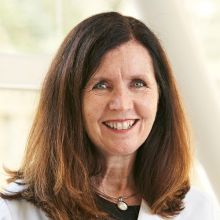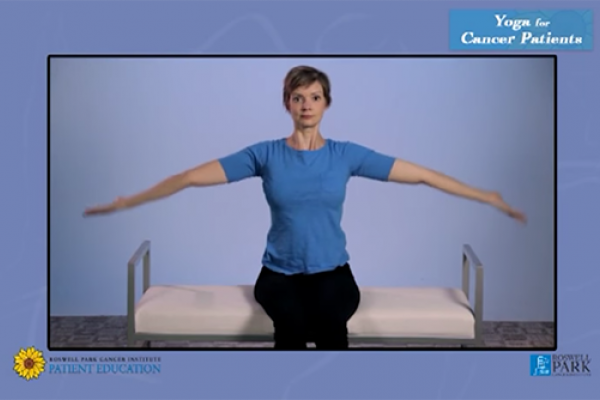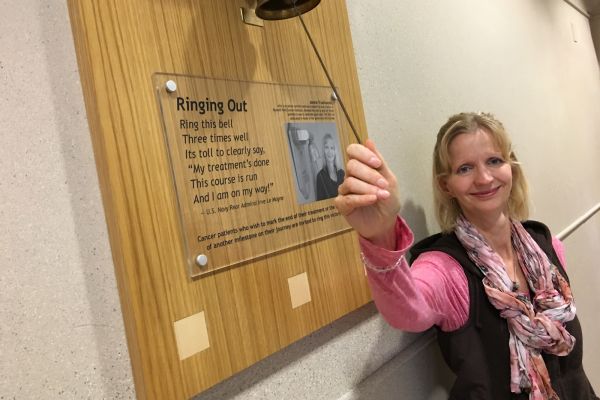As we work toward finding cancer cures in today’s digital era, it’s easy to forget that not all innovation is high-tech.
In recent years, oncology centers have embraced practices such as yoga, meditation and acupuncture, finding that these integrative therapies can improve a patient's overall wellbeing as they cope with cancer treatment.
“We find that many people are pursuing these therapies for supportive care and symptom management,” says Kara Kelly, MD, Chair of Pediatric Oncology. “Other patients pursue them because they want to feel that they’ve left no stone unturned. Perhaps a patient has gone through their chemotherapy, but they want to try something that might help the chemotherapy be more effective.”
While at Columbia University Medical Center, Dr. Kelly and her colleagues found that acupuncture could help pediatric patients cope with difficult side effects of their cancer treatments. Dr. Kelly hopes to expand that success for patients at Roswell Park.
In March of 2017, Roswell Park began offering acupuncture treatment to its pediatric patients when Doug McDaniel, MTOM, LAc, (formerly of Roswell Park) came aboard as the Integrative Medicine Program Manager. McDaniel offers acupuncture (and acupressure) to alleviate or reduce pain, headaches, nausea, fatigue, anxiety and other treatment-related symptoms.
“The exciting thing for me about coming to Roswell Park is that everyone here is very excited about integrative medicine and the acupuncture program,” says McDaniel. “Oncologists identify some of their sickest and most challenging patients, and within a few treatments of acupuncture we’re really seeing incremental improvements with the types of side effects and symptoms that were the most troublesome to the patient.”
Never miss another Cancer Talk blog!
Sign up to receive our monthly Cancer Talk e-newsletter.
Sign up!How it Works
Acupuncture focuses on the movement of a person’s energy flow or “qi” (pronounced “ch'i”), which flows through a system of pathways in the body called meridians. (Meridians don't have a direct correlation with any of the other systems in the body.) “What happens is that in some areas we have too much qi and in other areas we don't have enough qi,” says McDaniel. “There are 365 points on the body, each with an exact anatomical location and a specific function. Accessing that point with an acupuncture needle tells the body to move or take energy away to somewhere else.”
When McDaniel visits with his patients, he asks them to describe how they are feeling, and what symptoms they’re having as a result of their treatment. If a patient is dealing with nausea from chemotherapy, McDaniel may place acupuncture needles on their ankles or shins to stimulate points along the spleen and liver meridians to help balance the flow of energy, reducing the nausea.
Pain-free Needles
While a therapy that involves more needles may seem like the last thing a cancer patient wants, acupuncture is virtually pain-free. “The very thin needle has a solid tip rather than a hollow tip so when inserted, the needle pushes tissue aside instead of cutting through it like a hypodermic needle does,” explains McDaniel. “And because insertion is very quick, the needle passes through the pain receptors near the surface of the body and the body doesn’t even register the needles were inserted.” The needles are left in place for 15 to 20 minutes.
Currently, the acupuncture program is only for pediatric patients. “Our plan is to start this on a pilot basis, where we’re rolling it out in our patient population. As we show that there’s success with the therapy, my hope is that we’ll be able to hire additional practitioners, so we’ll be able to expand the scope of what we offer,” says Dr. Kelly.



